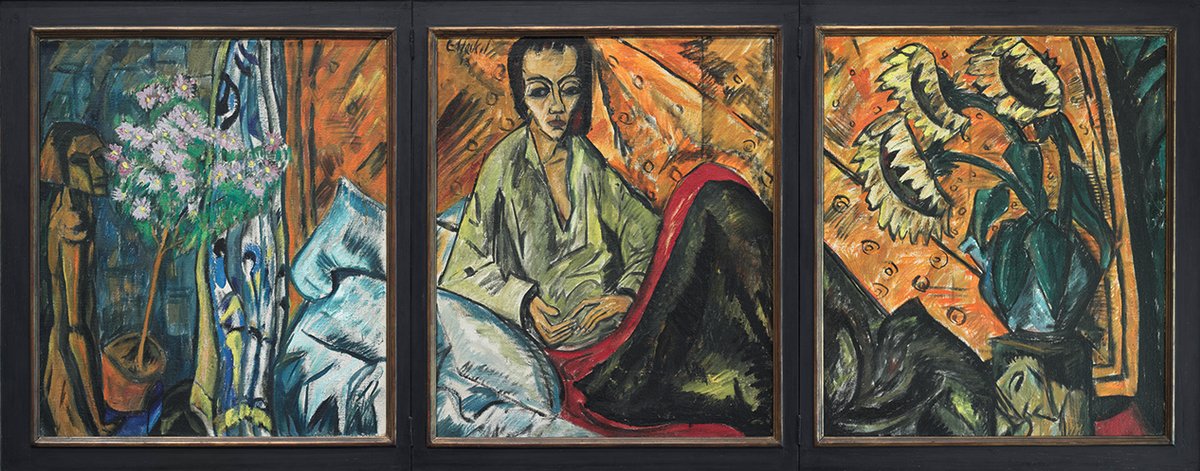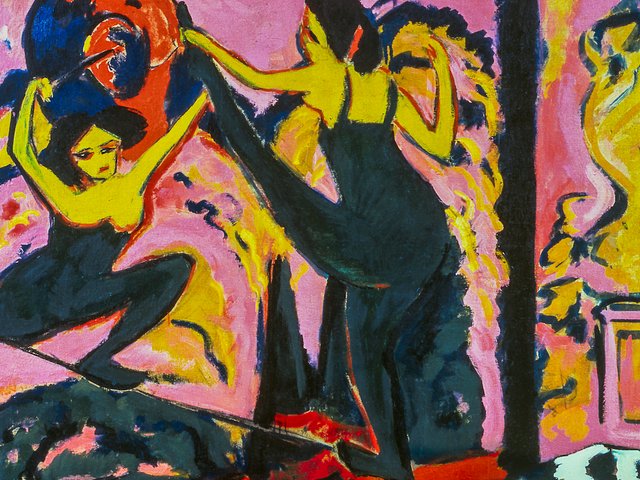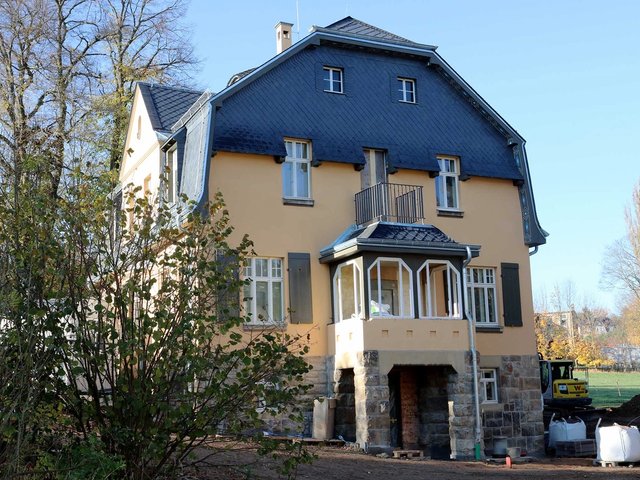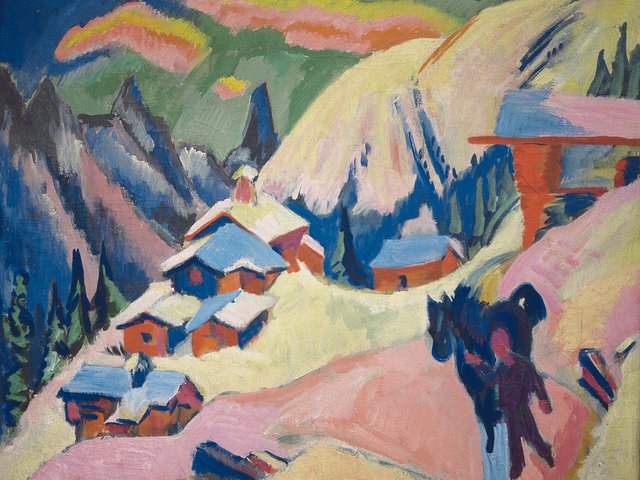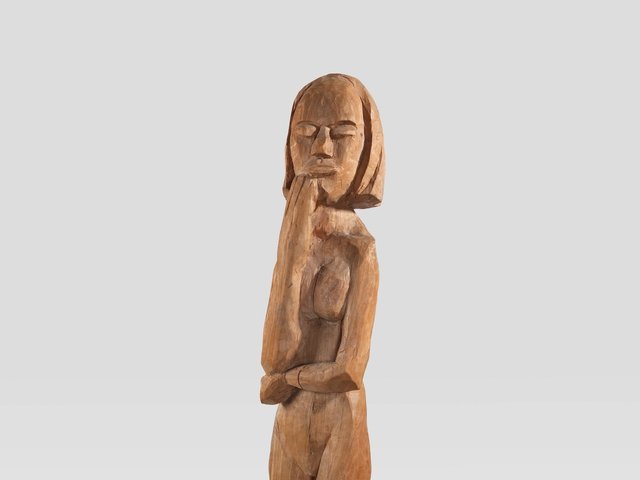Humble, poetic, tender, introverted—the words used to describe Erich Heckel (1883-1970) differ enormously from those attached to Ernst Ludwig Kirchner, perhaps the most colourful and best-known of the founders of the German Expressionist group Die Brücke (the bridge).
Where Kirchner’s life was characterised by drama, addiction and mental illness, Heckel’s “lacks everything that would have made it entertaining,” wrote the art critic Hans-Joachim Müller in 2009. “No scandals, no drugs, no records on the art market, no stories with women.”
But Heckel’s art was at least as bold and radical as that of the other Die Brücke artists, and worthy of more attention than it has received of late. While there have been dozens of museum exhibitions devoted to Kirchner in recent years, a show opening this month at the Neue Galerie in New York will be the first dedicated to Heckel at a US museum.
Heckel was the business brain behind Die Brücke, which he founded in 1905 in a disused shoemaker’s shop with Kirchner, Karl Schmidt-Rottluff and Fritz Bleyl, fellow architecture students at Dresden’s Technical College. He was instrumental in organising exhibitions including the 1906 show in a Dresden lamp factory—a defining moment for the group—and its first museum show at Museum Folkwang in Hagen in 1907.
“Less assertive than Kirchner (who was three years older), Heckel was nevertheless the driving force behind the group,” writes Jill Lloyd in the exhibition catalogue. “He poured his formidable energy and talent for bringing people together into their activities, transforming the group from a youthful ideal into a highly effective promotional platform for art over a sustained period.”
The Neue Galerie has always held Heckel works in its collection: Ronald Lauder, the museum’s founder, received his first Heckel painting, Bathers in a Pond (1909), as a 21st birthday present from his mother, the cosmetics titan Estée Lauder. The museum was encouraged to devote an entire exhibition to the artist by the success of its 2009 Die Brücke show, says Janis Staggs, who is curating the exhibition with Renée Price.
Without guardrails
Heckel was almost entirely self-taught, which freed him from the constraints of academic training and tradition. His black-and-white woodcuts from the early years of Die Brücke are dynamic and energetic, while his paintings show “he approached colour without the guardrails that fine art students might have,” Staggs says.
The show comprises around 40 works from 1905 to 1920. Alongside Bathers in a Pond, highlights will include a large triptych, To the Convalescent Woman (1912-13), on loan from Harvard Art Museums. The work reflects the darker palette that characterised Heckel’s paintings after Die Brücke moved to Berlin in 1911.
Die Brücke disbanded in 1913 after an argument over Kirchner’s publication Chronik der Brücke, in which he downplayed Heckel’s important role. In his 1913 woodcut Two Men at a Table, on loan from New York’s Metropolitan Museum of Art, Heckel alludes to a scene of confrontation from Fyodor Dostoevsky’s novel The Idiot, but the features of the men resemble the two artists, reflecting the growing tension in their relationship.
• Erich Heckel, Neue Galerie, New York, 9 October-12 January 2026


